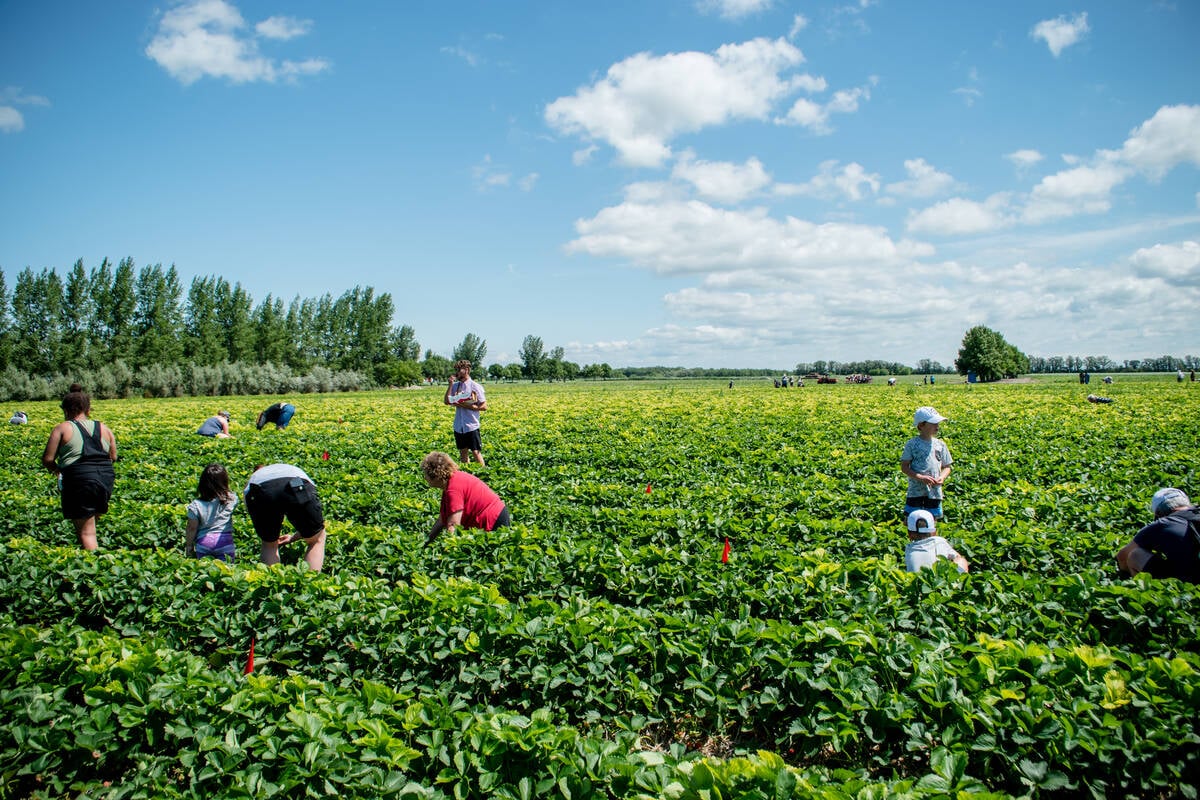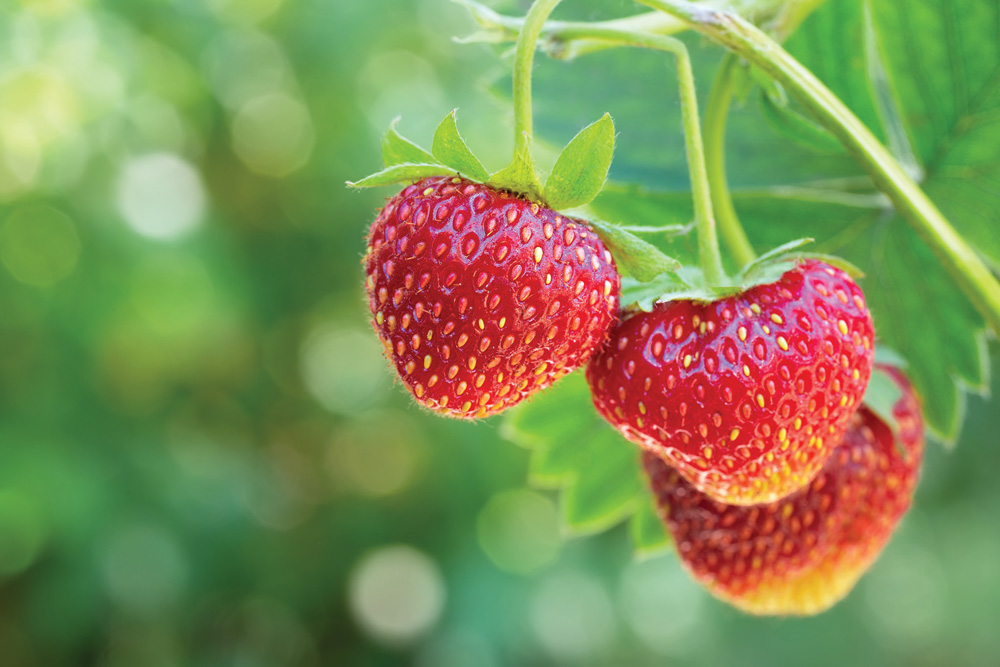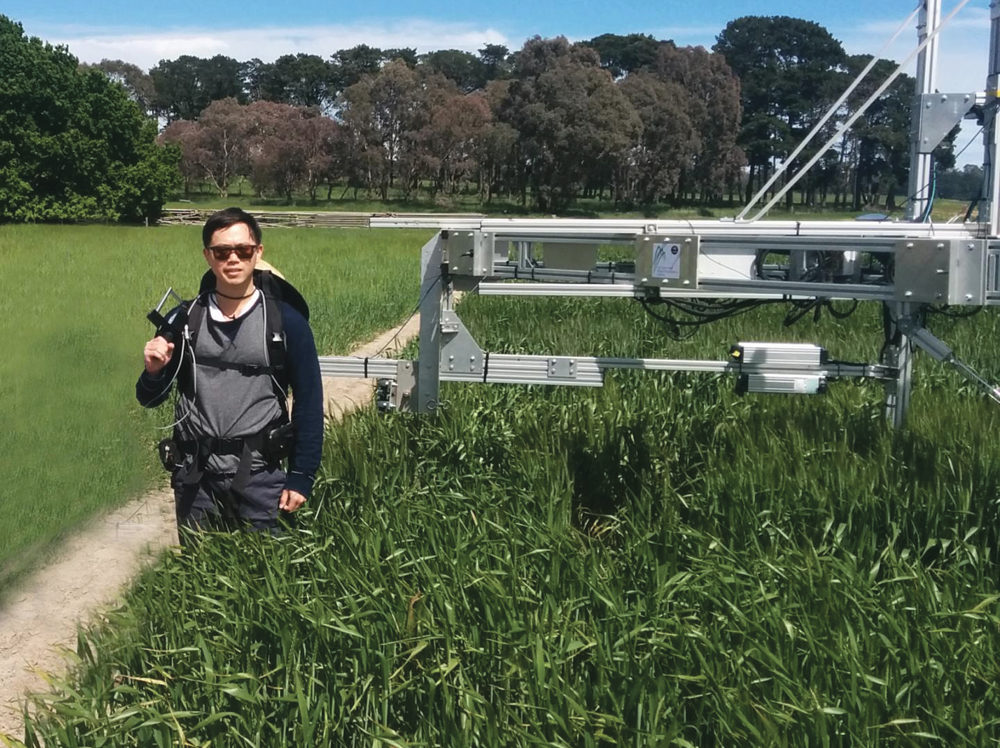The practice of collecting seeds from the garden is as old as gardening itself. In decades past, gardeners did not purchase many seeds; most were gathered from the garden in the fall. Harvesting seeds is not as popular as it once was. One reason is that many of the plants we now grow in our gardens are hybrids, which do not come true from seed. Another reason is that we are a more affluent society, and it is just easier to buy them.
I still harvest quite a number of seeds from my garden. Some of the plants are old favourites that I have grown for years, and others are plants that are not hybrids, so seed from them can be used with the assurance that I will get the same plants again next year. A few of the seeds that I collect are from plant varieties that are no longer commercially available, and even though they may be hybrids I do collect the seeds and grow the plants, knowing that some of them will not come true. I can often tell when I look at the seedlings which ones are true to variety, and by selecting carefully when I transplant, I can usually get good plants.
Read Also

So you want to farm strawberries
If you’re considering starting or expanding a Prairie strawberry farm, autumn is the time to start sourcing and securing the plants and inputs you’ll need, a producer from one Alberta-based U-pick says.
I collect seed from a salvia called “Lady In Red,” which is a blousy variety that is taller than the standard bedding types. I save seed from some of my perennials, including rudbeckia, matricaria, lupin, several grasses and mallow. I also collect seed in the vegetable garden, notably a heritage spinach seed, beans, and an old variety of edible pod peas given to me years ago by a gardener in southern Manitoba.
If you are going to collect seed, you must be careful not to be too enthusiastic with your deadheading, as you will have to leave some seed pods on the plants to ripen. Keep an eye on the pods as they ripen and if you see that they are thoroughly dry and beginning to split, open and cast their seeds as it is time to harvest them. I usually just take a pair of scissors and cut off the pods, letting them fall into a tub or paper bag.
Choose a warm, sunny, dry day to harvest seeds. The lower the humidity and the hotter it is outside, the lower the moisture content will be in the seed pods and the seeds. This is a pleasant task to perform during the afternoon on a breezy, warm fall day. After the seed pods are collected, dry them thoroughly by spreading them out to dry in a warm, dry location. Don’t be afraid to leave them spread out drying for several weeks – they can never get too dry. Finally, it will be time to store the seed. Place the seed pods into a plastic bag and shake and squeeze to shell the seeds. I sometimes use a rolling pin to break open the pods. Then clean out the chaff and empty pods and you will be left with the seeds.
Store seeds in a cool, dark place that has as low humidity as possible. A basement is not a good place to store seeds – I use an upstairs bedroom closet. Store them in paper envelopes or bags, in tins or boxes, but not in plastic containers. During the whole seed collection process and certainly as you store the seeds away, be sure to label everything so that in the future you will know what seeds they are. I also print the year on the labels so that I will know how old the seed is. Next year you will enjoy growing plants from seed you collected from your very own garden.
– Albert Parsons writes from Minnedosa, Manitoba














